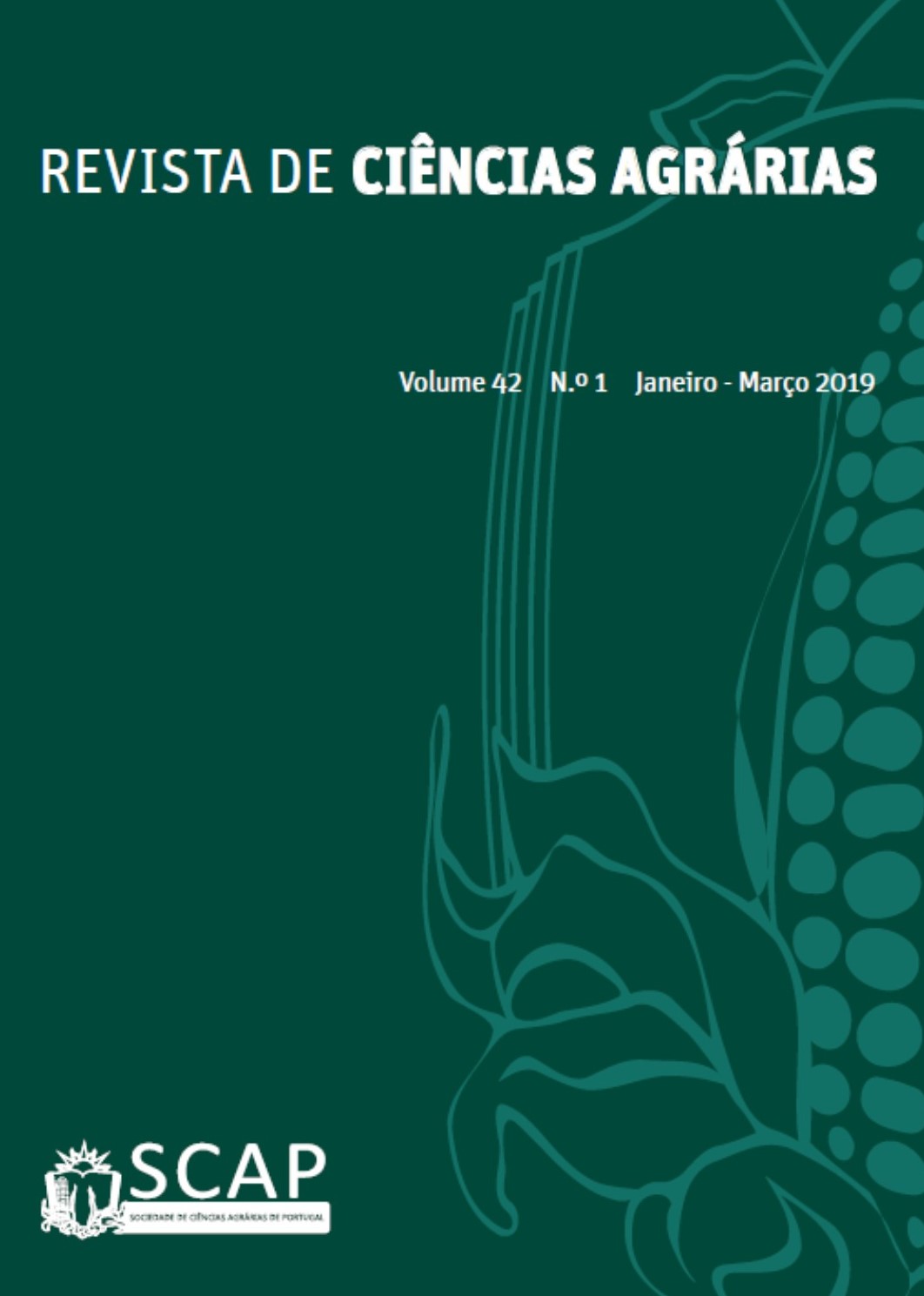Production of maize ‘Potiguar’ fertigated with yellow water and cassava wastewater
DOI:
https://doi.org/10.19084/RCA18170Abstract
This research aimed to evaluate the production of Potiguar maize fertirrigated with human urine and, cassava wastewater associated with mineral fertilization with NPK. A completely randomized design was used, consisting of eight treatments (1 - control without fertigation, 2 - fertigations with NPK, 3 - only human urine, 4 - only cassava wastewater, 5 - cassava wastewater plus human urine, 6 - human urine plus PK; - cassava wastewater plus NP, and 8 - human urine, cassava wastewater and P) and five replicates. At 110 days after emergence were evaluated the length and diameter of the spike, number of grain per spike, rows of grain per spike, grain per row, dry mass of the aerial part, dry mass of the spike with and without straw, dry mass of the grains and mass dry of 100 grains. Except for the dry matter of 100 grains, there was a statistically significant difference between treatments and between analyzed means. Human urine can substitute the nitrogen fertilization and the cassava wastewater applied via fertirrigation substitute the potassium in the maize crop. The association of these effluents has the potential to replace the mineral fertilization required by the maize crop. With the exception of treatments 1 and 4, the others can be indicated as the best treatments.


